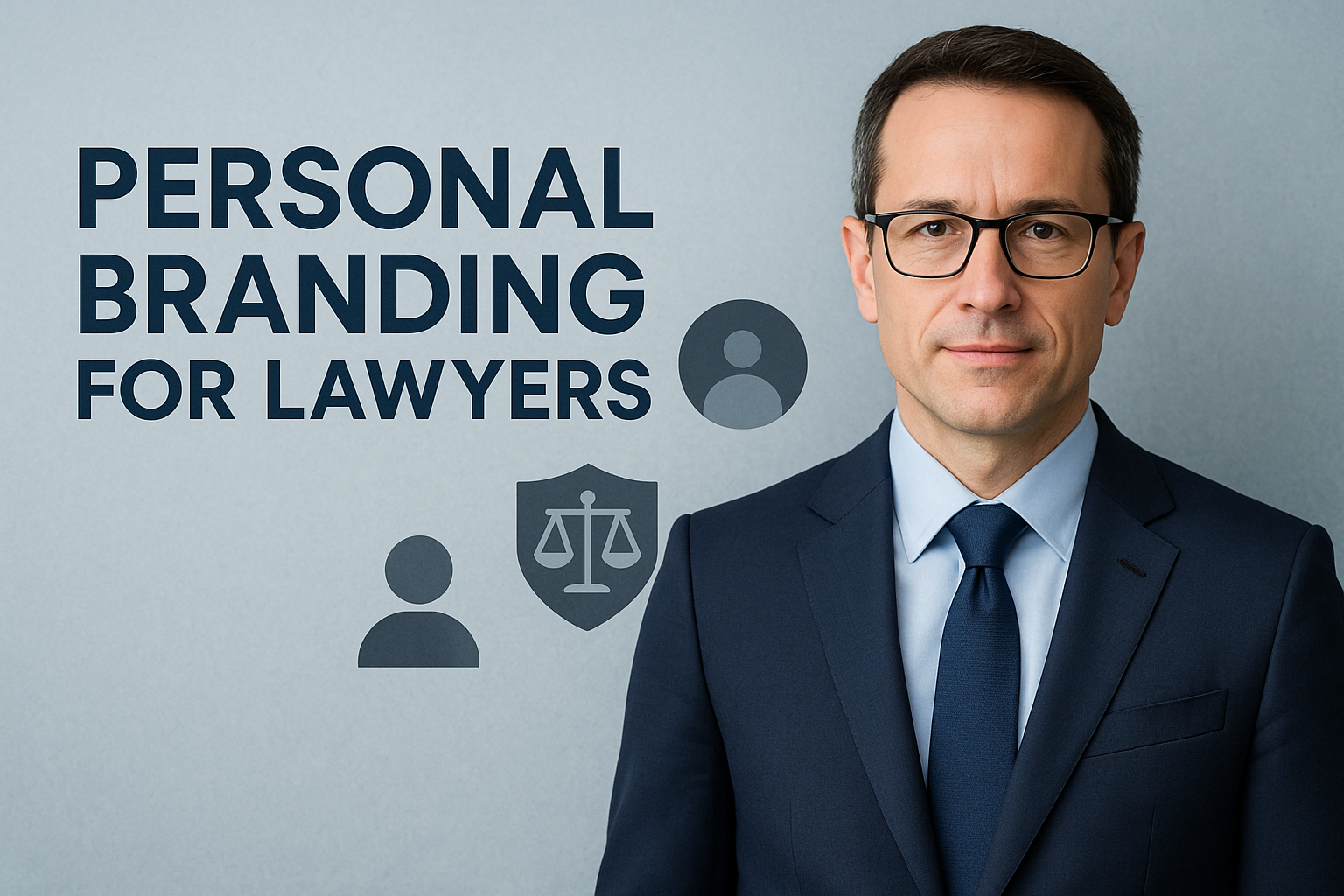Personal branding is no longer a luxury for solo lawyers. In a competitive legal market, your brand is what sets you apart and shapes the way potential clients perceive you. The good news is that building a strong personal brand does not require a large marketing budget. With a clear strategy and consistent effort, you can position yourself as the go-to lawyer in your niche without overspending.
Why Personal Branding Matters for Solo Lawyers
Your personal brand is the sum of your reputation, expertise, and the way you present yourself to the public. It influences whether clients trust you, remember you, and refer you to others. A strong brand builds credibility, attracts the right clients, and makes your marketing more effective.
Step 1: Define Your Unique Value
Begin by identifying what sets you apart from other lawyers in your practice area. This could be a particular specialty, a unique client approach, or a strong track record in a certain type of case. Your brand should communicate why clients should choose you over other options.
- What problems do you solve better than others?
- What values guide your work?
- What type of clients do you want to attract?
Step 2: Create a Consistent Online Presence
Your website, LinkedIn profile, and other online platforms should consistently reflect your brand. Use professional photography, a clear bio, and language that resonates with your target audience. Maintain the same tone and style across all channels to strengthen recognition.
- Optimize your LinkedIn profile with a professional headline and clear summary
- Ensure your website highlights your expertise and services
- Use the same profile photo and branding elements across platforms
Step 3: Share Your Expertise
Publishing content is one of the most cost-effective ways to build your personal brand. Share insights through blog posts, short LinkedIn updates, or videos that answer common client questions. This positions you as a knowledgeable and approachable resource.
- Write articles on recent legal developments in your field
- Host short webinars or Q&A sessions for prospective clients
- Create downloadable guides or checklists for common legal issues
Step 4: Leverage Free and Low-Cost Marketing Channels
You do not need a large advertising budget to get noticed. Networking events, community presentations, and strategic partnerships can all help you expand your reach at little to no cost. Social media also offers a free platform to connect with potential clients and referral sources.
Step 5: Build Relationships, Not Just Recognition
Personal branding is not only about visibility. It is about building trust and relationships over time. Follow up with past clients, thank referral sources, and engage with your professional network regularly. Genuine interactions strengthen your brand far more than generic marketing messages.
Step 6: Ask for and Showcase Testimonials
Positive client reviews are a powerful branding tool. Request feedback after a successful matter and feature testimonials on your website, LinkedIn, and Google Business Profile. Authentic client stories reinforce your credibility.
Making Branding a Habit
Building a personal brand is an ongoing process. Set aside a small amount of time each week to create content, connect with your audience, and refine your online presence. Over time, consistent effort will compound into a strong reputation and a steady flow of clients who are drawn to your expertise and values.


